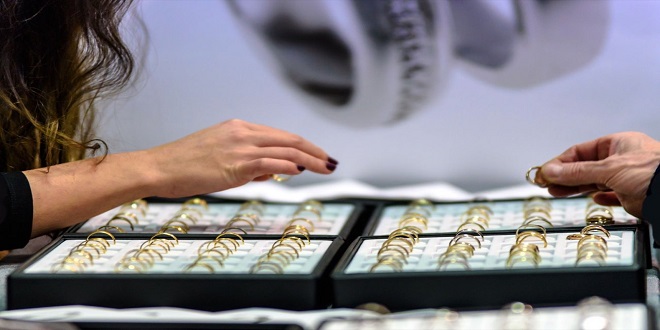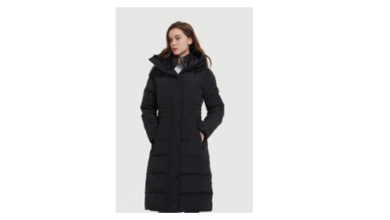Compression vs. Loose Fit: Finding the Right Gym Shirts and Workout Shirts

Choosing the right gym shirt is more than just a matter of style; it directly impacts your workout performance, comfort, and even safety. Two of the most popular options in gym apparel are compression shirts and loose-fit shirts. But which one should you choose? In this comprehensive guide, we’ll compare compression and loose-fit gym shirts to help you make an informed decision.
1. Understanding Compression Shirts
Compression shirts are designed to fit snugly against the body, applying gentle pressure to muscles. They are typically made from materials like spandex, polyester, or nylon.
Key Benefits:
- Improved Blood Circulation: Helps oxygenate muscles more efficiently.
- Reduced Muscle Fatigue: Compression aids in decreasing muscle oscillation.
- Enhanced Recovery: Supports quicker recovery by reducing muscle soreness.
- Moisture-Wicking: Most compression shirts use breathable, sweat-wicking fabrics.
2. Understanding Loose-Fit Shirts
Loose-fit shirts, as the name suggests, offer a relaxed fit with more room for movement.
Key Benefits:
- Greater Freedom of Movement: Allows unrestricted motion.
- Better Airflow: The loose design promotes better ventilation.
- Comfort and Relaxation: Ideal for low-intensity activities.
- Versatility: Can be worn for casual purposes as well.
3. Fabric Composition: Key Differences
- Compression Shirts: Spandex blends for elasticity and breathability.
- Loose-Fit Shirts: Often made from cotton or polyester for comfort and airflow.
4. Performance Impact in Different Workouts
- Strength Training: Compression shirts provide muscle support.
- Cardio Exercises: Loose-fit shirts allow better airflow.
- HIIT Workouts: Compression helps reduce muscle fatigue.
5. Moisture-Wicking and Breathability
- Compression shirts typically excel in moisture-wicking due to synthetic fabrics.
- Loose-fit shirts made from cotton may retain moisture, impacting comfort.
6. Temperature Regulation
Compression shirts help maintain consistent muscle temperature, while loose-fit shirts allow more cooling in warmer environments.
7. Injury Prevention and Support
Compression shirts can reduce the risk of injuries by stabilizing muscles, making them beneficial for weightlifting.
8. Psychological Benefits: The Mental Edge
Wearing compression shirts can boost confidence by enhancing the body’s appearance, while loose-fit shirts provide a more relaxed psychological state.
9. Aesthetic and Style Considerations
Compression shirts tend to highlight muscle definition, appealing to those who want a sculpted look. Loose-fit shirts offer a more casual appearance.
10. Durability and Longevity
Compression shirts, made with durable synthetic fibers, often last longer than cotton-based loose-fit shirts if properly cared for.
11. Cost Comparison
Compression shirts tend to be more expensive due to their specialized materials and benefits, while loose-fit shirts are generally more affordable.
12. Popular Brands to Consider
- Compression Shirts: Under Armour, Nike Pro, Skins
- Loose-Fit Shirts: Adidas, Reebok, Gymshark
13. Environmental Considerations
Sustainable options exist for both styles, with recycled polyester and organic cotton becoming more popular.
14. Making the Right Choice
Your decision should depend on your workout shirts goals:
- Choose Compression: For performance enhancement, muscle support, and recovery.
- Choose Loose Fit: For comfort, casual wear, and better airflow during cardio.
Conclusion
The choice between compression and loose-fit gym shirts depends on your fitness routine, personal preferences, and comfort. Compression shirts excel in muscle support and performance, while loose-fit shirts provide unmatched freedom and breathability. Evaluate your workout needs and select the style that helps you achieve your goals.
SEO Keywords
- Compression vs loose-fit gym shirts
- Best gym shirts for workouts
- Compression shirts benefits
- Loose-fit shirts for cardio
- How to choose the right gym shirt




